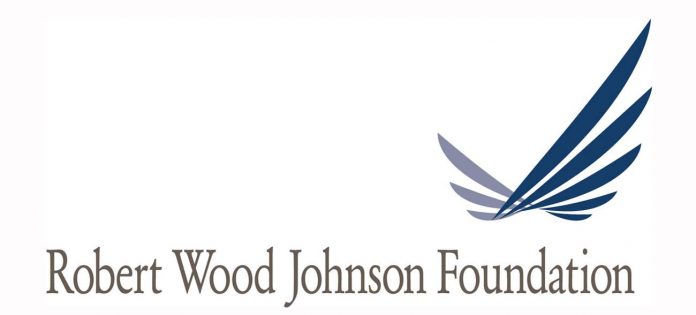The Accrediting Commission Education in Nursing (ACEN), the Commission on Collegiate Nursing Education (CCNE), and the National League for Nursing Commission for Nursing Education Accreditation (NLN CNEA) today released a historic joint statement endorsing academic progression programs in nursing. The statement was developed in cooperation with the Robert Wood Johnson Foundation Academic Progression in Nursing (APIN) program and the Future of Nursing: Campaign for Action.
In the new statement, the three national nursing education accrediting agencies assert that nurses need access to seamless academic progression to ensure that nursing programs prepare nurses to provide quality patient care. The statement cites the Institute of Medicine’s landmark report, The Future of Nursing: Leading Change, Advancing Health, which recommends that “nurses achieve higher levels of education and training through an improved education system that promotes seamless academic progression.”
“The Robert Wood Johnson Foundation’s mission is to build a Culture of Health in our nation and, to do that, we must have a more highly educated, diverse workforce so everyone in America can live a healthier life, supported by a system in which nurses are essential partners in promoting health and providing care,” said Susan B. Hassmiller, PhD, RN, FAAN, senior adviser for nursing at RWJF. “Seamless academic progression is crucial to achieving that goal. The encouragement and support these agencies will provide to institutions that are creating pathways for seamless progression will help make our country healthier.”
The statement says, in part:
The national nursing education accrediting agencies encourage nursing programs to pursue partnerships with institutions that establish educational pathways for seamless academic progression. The accrediting agencies collectively affirm a shared commitment to maintaining an open dialogue that will promote quality and innovation in academic progression models. Nursing programs pursuing such partnerships are encouraged to contact their respective accrediting agencies and regulatory bodies to learn more about substantive change notifications and other reporting requirements.
“As an organization with the goals to strengthen educational quality and to ensure equity, access, opportunity, and mobility in nursing education, ACEN strongly supports efforts that promote the ability of nurses to achieve the highest level of education possible and easily transition from one level to the next,” said Marsal Stoll, EdD, MSN, chief executive officer at ACEN.
“CCNE recognizes that quality patient care hinges on having a well-educated nursing workforce,” said Jennifer Butlin, EdD, executive director of CCNE. “We applaud the collaborative work underway at many institutions with nursing education programs to ensure that academic progression is seamless and provides a sufficient bridge from one level of learning to the next. Together we can help nurses take the next step in their formal education, which is in the best interest of the patients we serve.”
“The NLN Commission for Nursing Education Accreditation is guided by the National League for Nursing’s core values?caring, diversity, integrity, and excellence?as applied to the accreditation process,” said Judith Halstead, PhD, RN, FAAN, ANEF, executive director of NLN CNEA. “We are excited to be working in tandem with the other nursing education accrediting organizations to support quality and innovation in models of academic progression that prepare nurses to be leaders in health care.”
This is the first time the three accrediting bodies have collaborated on a statement addressing nursing education.
APIN is advancing state and regional strategies aimed at creating a more highly educated, diverse nursing workforce. A joint initiative of AARP and RWJF, the Campaign for Action is working to implement the Institute of Medicine’s (IOM) evidence-based recommendations on the future of nursing. It provides a vehicle for nurses and nurse champions to lead change that will support healthy communities through collaboration with health care, business, consumer, and other stakeholders.













